Black Gate Speaks with G. Winston Hyatt of Primeval: A Journal of the Uncanny
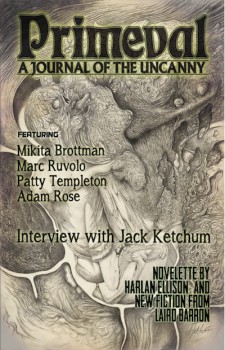 G. Winston Hyatt is a busy man. He agreed to talk to Black Gate only if we could come to one of his many work places. We nodded vigorously at the black carrier pigeon that had brought the message and asked it when and where. It returned ten minutes thereafter with directions from the good man Hyatt, saying to meet him outside of a certain window outside of a certain brownstone on a lonely street at 12:12 in the a.m. We were to have a lantern – candle or gas, it did not matter – just not a flashlight. Any fool with a smart phone could accidentally mimic a flashlight signal, and yes, dear readers, we had to learn a long high sign that included a mighty number of flourishes, turns and flashes. As all Black Gate staff members are well versed in flourishing, turning, and flashing windows at night, this was not a problem.
G. Winston Hyatt is a busy man. He agreed to talk to Black Gate only if we could come to one of his many work places. We nodded vigorously at the black carrier pigeon that had brought the message and asked it when and where. It returned ten minutes thereafter with directions from the good man Hyatt, saying to meet him outside of a certain window outside of a certain brownstone on a lonely street at 12:12 in the a.m. We were to have a lantern – candle or gas, it did not matter – just not a flashlight. Any fool with a smart phone could accidentally mimic a flashlight signal, and yes, dear readers, we had to learn a long high sign that included a mighty number of flourishes, turns and flashes. As all Black Gate staff members are well versed in flourishing, turning, and flashing windows at night, this was not a problem.
When G. Winston Hyatt was satisfied that we were who we were, a rope ladder was dropped from the ledge of the thick-curtained window and Black Gate was afforded entry into a certain museum. This museum is unknown to the general public, as it contains nefarious, occult objects with high opinions of themselves that would not do well being constantly selfied in front of by tweens and stickied up by jam-fingered toddlers.
It was amongst this collection of the unnatural and fantastic that G. Winston Hyatt led Black Gate to two chairs, a small table, and two coffee mugs to talk about his latest project, Primeval: A Journal of the Uncanny.
Primeval being a semiannual journal of the eerie and exceptional, searching to examine “…the convergence of contemporary anxiety and ancient impulse. Each issue feature[ing] fiction and essays exploring horror, the macabre, and that which should not be – yet is.” Issue #1 features work by Harlan Ellison and Laird Baron, plus an interview with Jack Ketchum.*
That’s right, comrades, we have found for you a new horror publication in both print and digital formats.
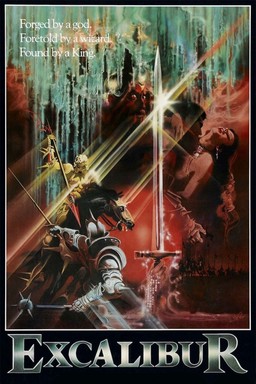
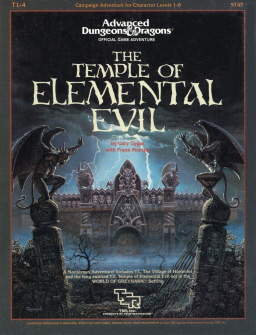
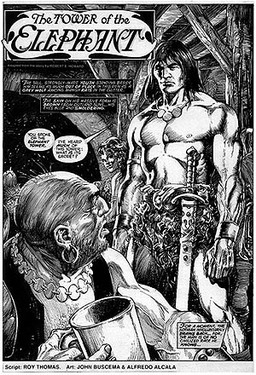
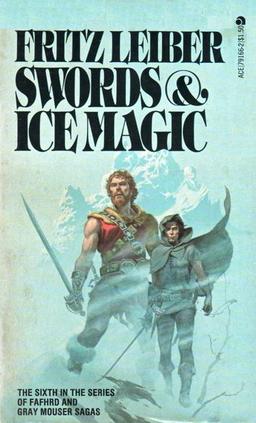
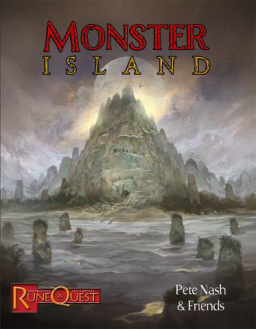
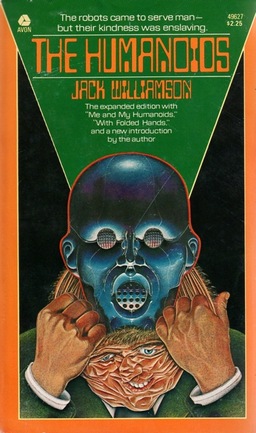
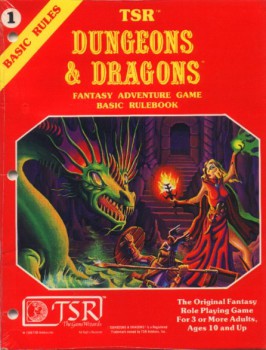
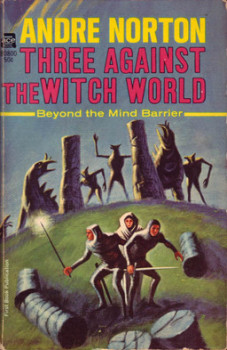
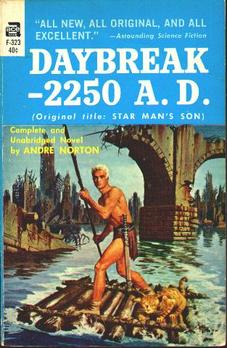
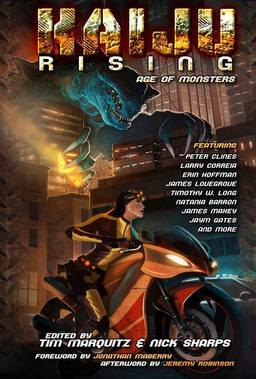
 “Joe Martin and I are putting together a kaiju inspired anthology. Who’s interested?”
“Joe Martin and I are putting together a kaiju inspired anthology. Who’s interested?”